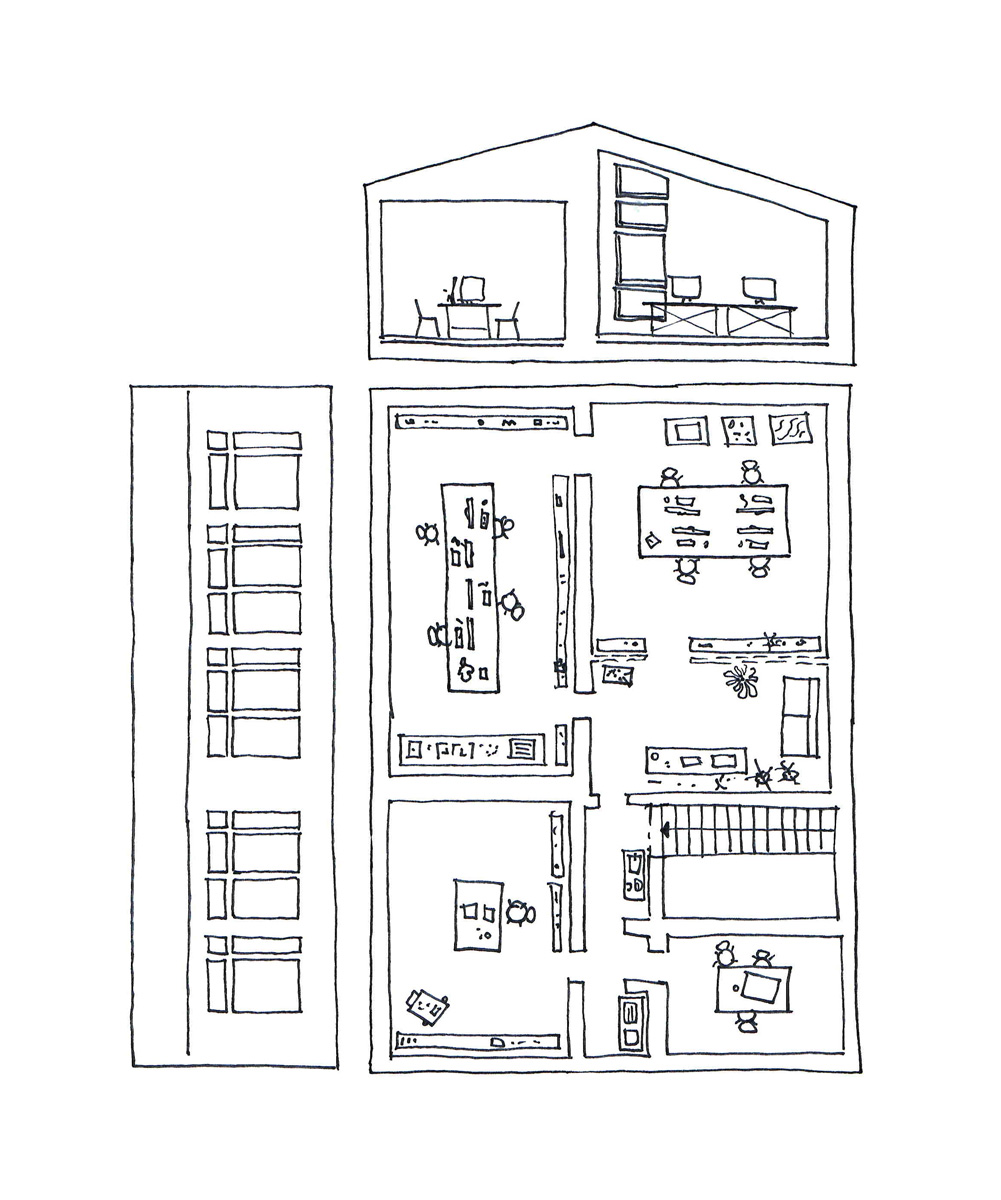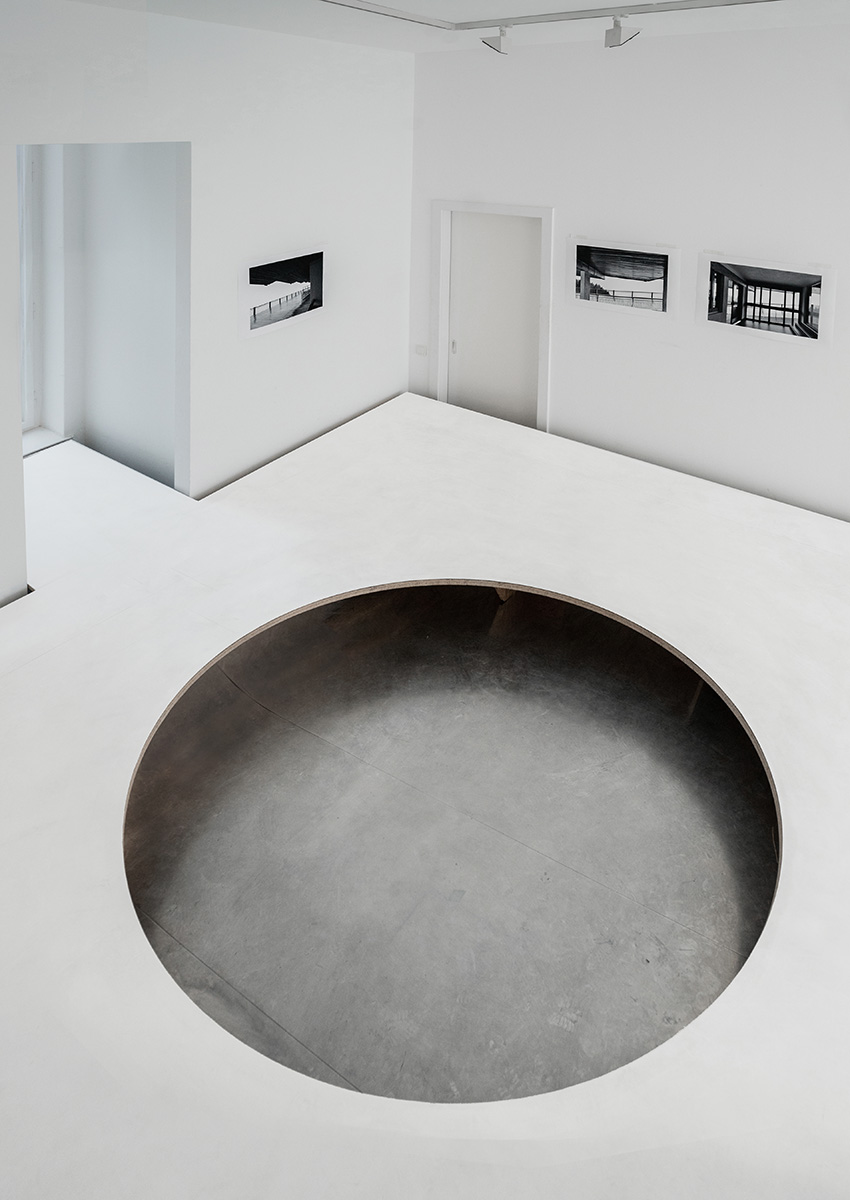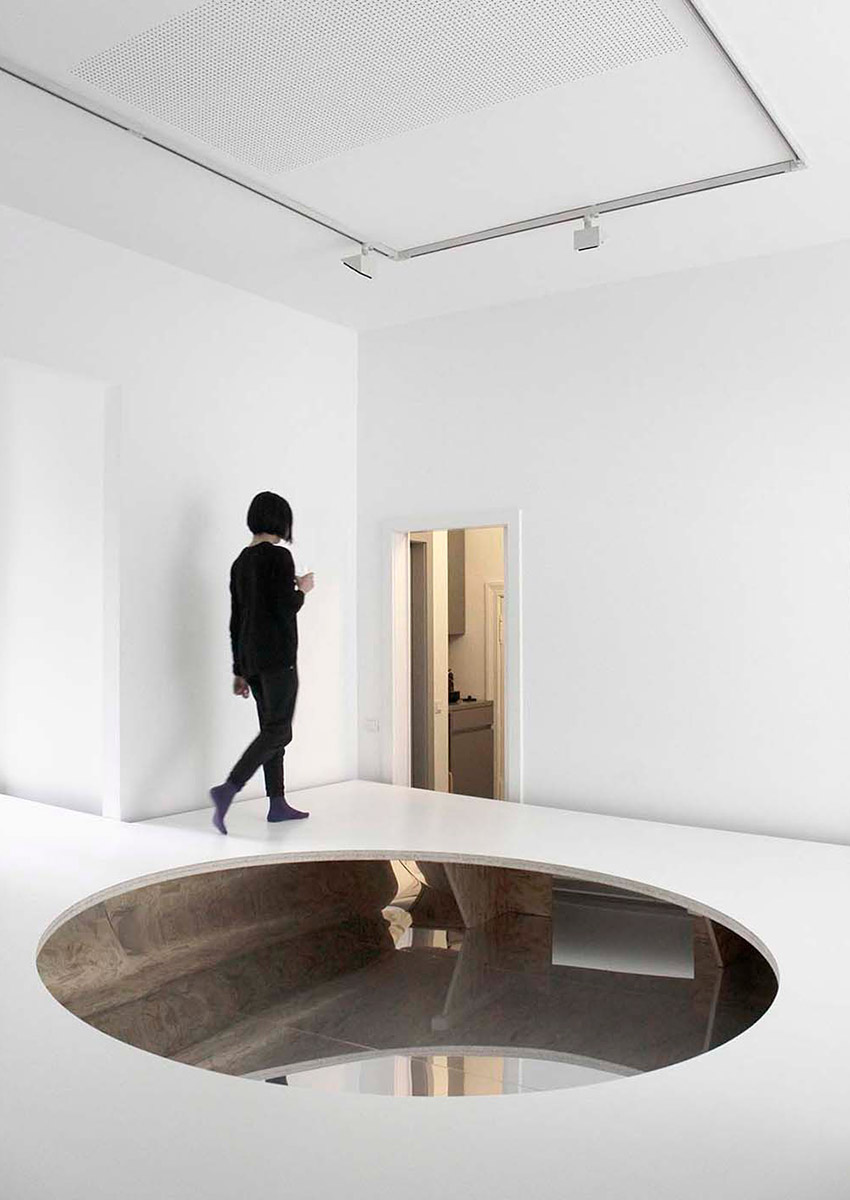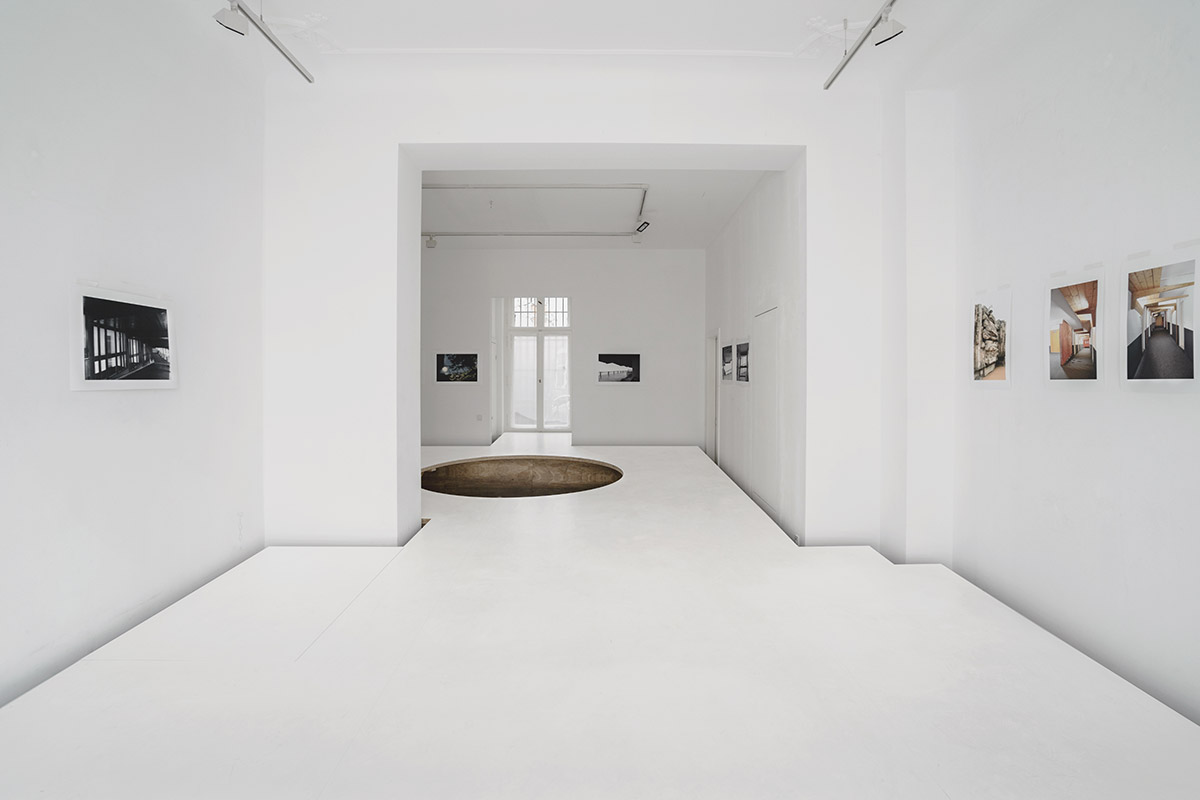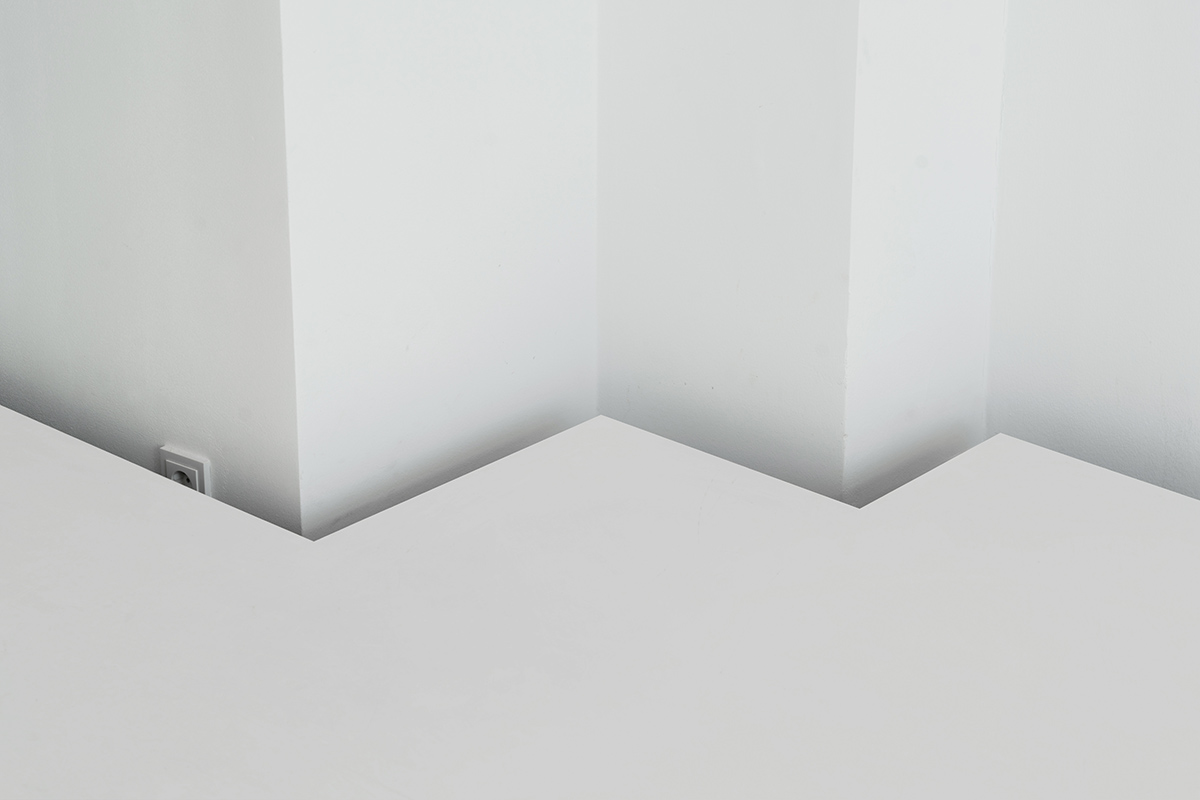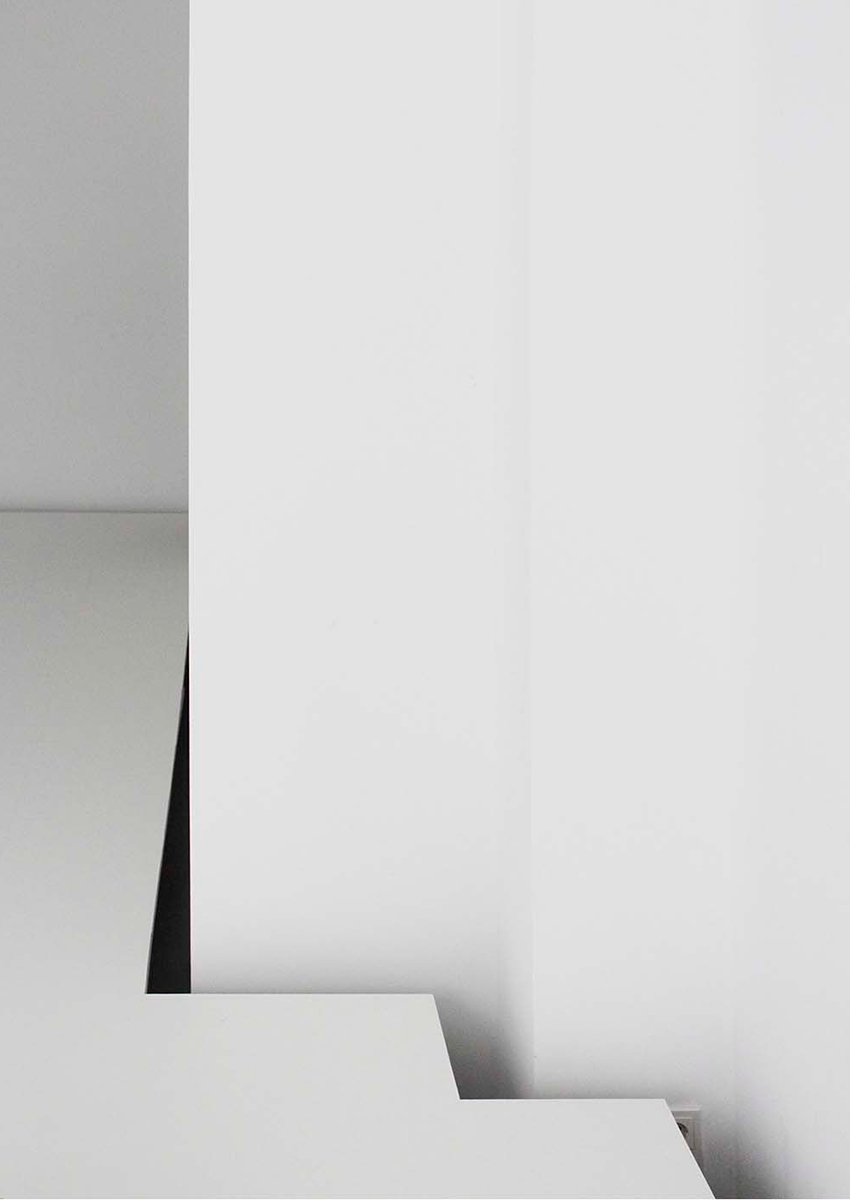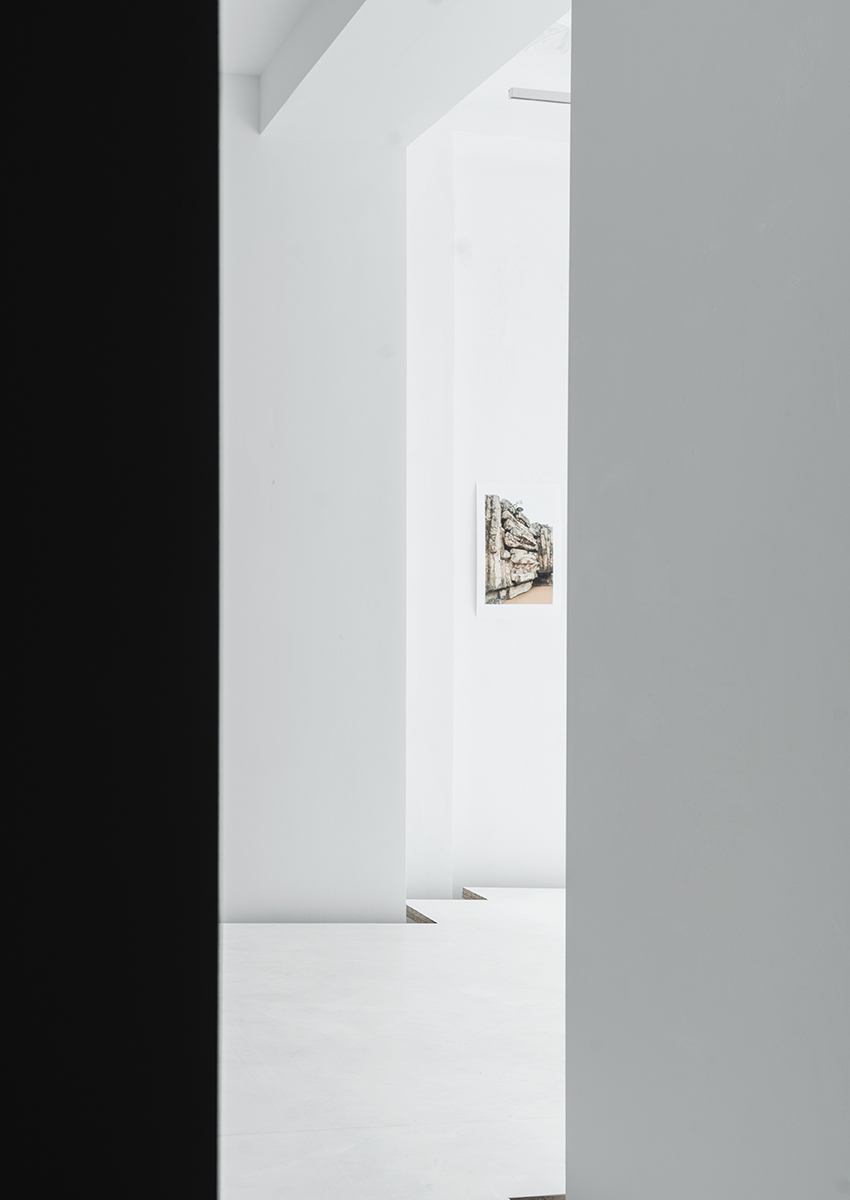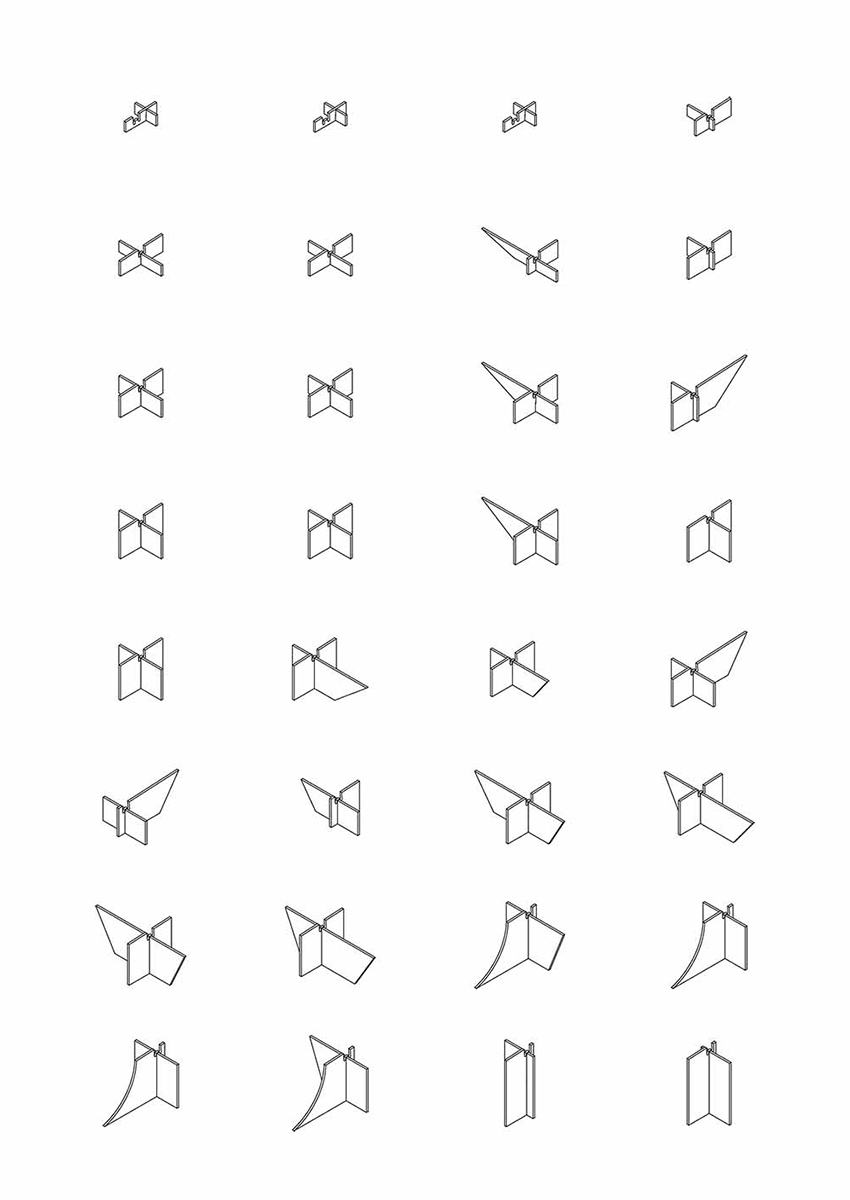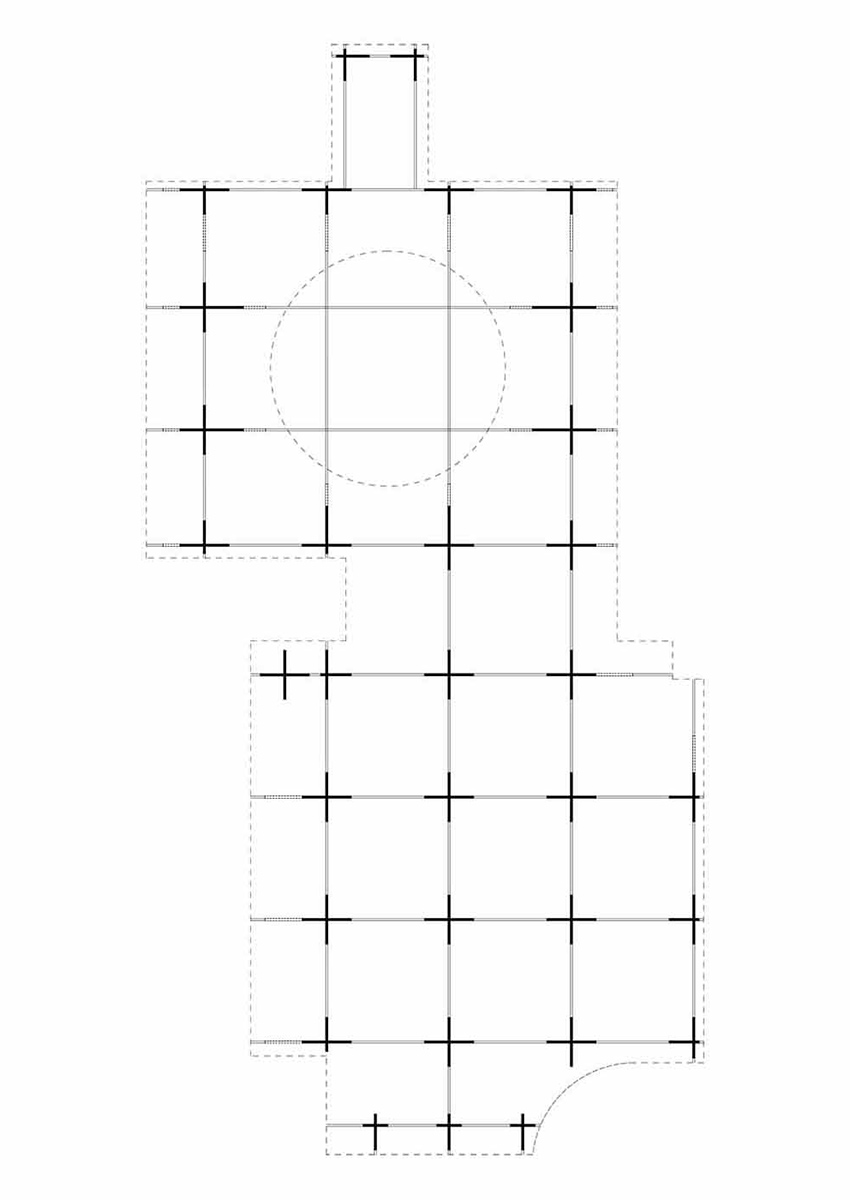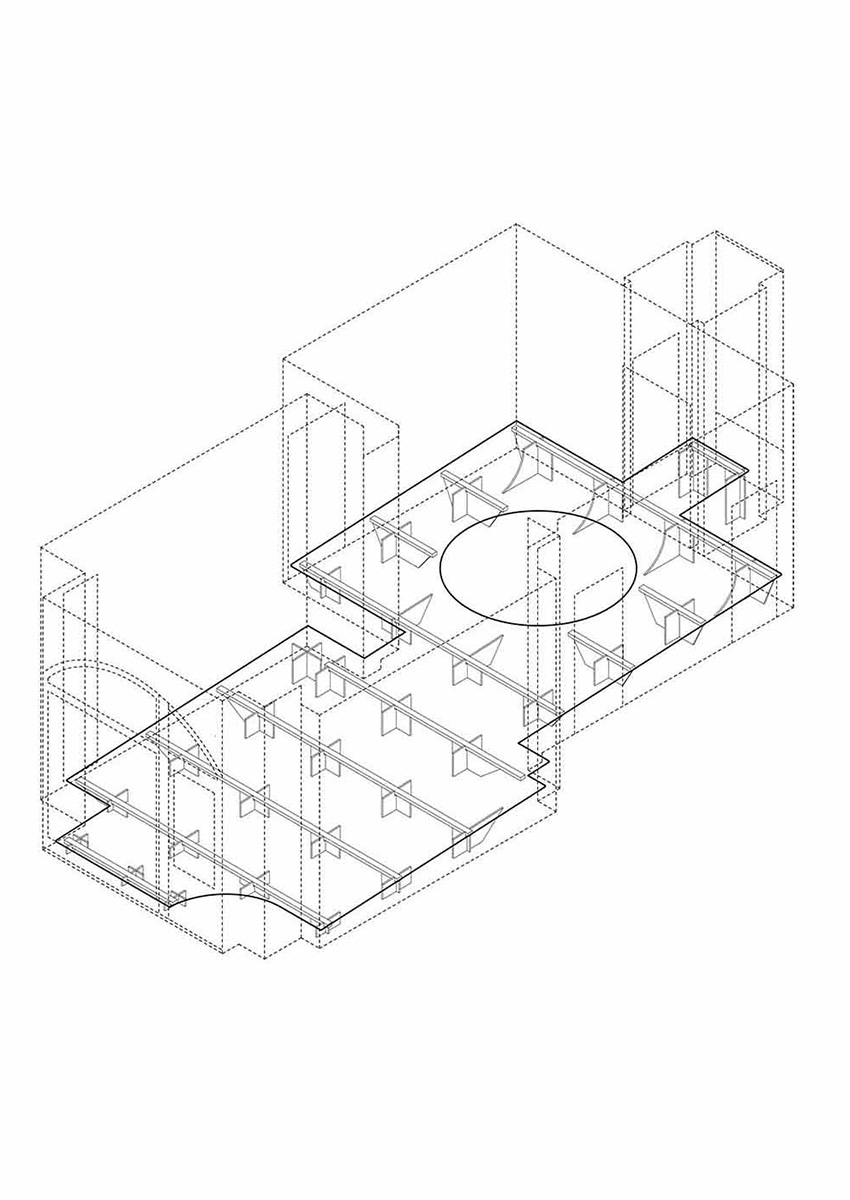20/015
FAKT
Architectural Practice
Berlin

«A good house is a good member of society.»
«A good house is a good member of society.»
«A good house is a good member of society.»
«A good house is a good member of society.»
«A good house is a good member of society.»
Please, introduce yourself and your studio…
We are FAKT, a young architecture firm from Berlin. We work on ideas, strategies and also design, but mostly about creating spaces that have a certain experiential strength and clarity. We started with 4 founders but in the meantime FAKT is also a story about endless tested projects, 5 years of teaching, more than 20 collaborators who worked with us in the office and about 100 students who studied with us.
How did you find your way into the field of Architecture?
By observing and experiencing the built environment, handcraft, art, precedent. Also, our backgrounds are quite diverse, coming from families of metal and artisan craftmanship, architects and geologists. This diverse mix still shows in the different input we might have individually on our projects and on each other.
What comes to your mind, when you think about your diploma projects?
Gigantic models and swiss lakes, also a wide span of scales. We were lucky to work with professors who addressed topics that still seem relevant to us today. So even if the projects might disappear, it is more the way of thinking and methods that has impacted our work and still does.
What are your experiences founding FAKT and working as self-employed architects?
The early beginning was in 2011, still during our Master studies in Switzerland. The four of us worked together for the first time and participated in a school competition in St. Gallen that we almost won – quite an encouragement to work on more things by ourselves. The start of the office was two years later, in search of a space, of commissions and our own way of doing things.
How would you characterize Berlin as location for practicing architecture? How is the context of this place influencing your work?
What makes it also special to us is that it is our home. Being born and raised here, over now three decades we collected memories, impressions, questions and „what if’s“. Berlin's unique history inscribes a spatial richness and diversity into the city’s landscape that is quite incomparable. The Berlin of today is still radically changing, and to us seems like a weird mix of informality and over-formality, bureaucratic madness.
Berlin also influences our work in lots of ways, but some of them are rather more important. We ask ourselves regularly what of our work contributes to a smarter, better or more beautiful way to address the current questions and topics of Berlin. Qualifying inner Density in rebuilding apartments or building atop (e.g. 054 Set Back Apartments) as well as housing on the boundary of the city with a way more horizontal and landscape condition (e.g. 057 and 067 and 070).
What does your working space look like?
Nothing too special, a desk, some pens, some piles of paper, screens and lots of natural light. We sit in a 1950s landmark building that used to host the administration team for a larger production hall. All built by Konrad Sage who was a student of Bauhaus.
What is the essence of architecture for you personally?
Raum – It really is designed physical space in any way. Also, architecture is all the questions that come along with that creation and hopefully the good things that happen on the way by investing a lot of time, work and spirit.
Your architectural mentors?
We do still like physical books, travels and maybe worth mentioning is the great Architekturgebäude at Ernst Reuter Platz, the building of the architecture faculty at TU Berlin (Hermkes / Scharoun).
How do you communicate / present Architecture?
Simple, poetic, purposefully.
What has to change in the field of Architecture? How do you imagine the future?
Certain things definitely will change, no matter what we think about it. One challenge will be to position ourselves as a designing architect who might not fully control all phases of building but who still is able to direct and adjust - meaning to assure a certain idea and feel of a project goes through. Our wish would be: more design, less bureaucracy. And a raised awareness of how important and omnipresent architecture is.
Your thoughts on Architecture and Society?
A good house is a good member of society.
Project
BDA Gallery
Berlin
2019
A sloping, walk-on level is the space-forming element of the intervention in the BDA Gallery Berlin. The platform is placed at a subtle slope of five percent in the gallery's public spaces and extends from the street-side show window to the smaller courtyard window. The three existing spatial zones - previously separated by steps - are unified as one space, creating new possibilities in use and interpretation. Perspective and scale, interior and exterior space, private and public spaces are redefined.
At the same time, two extremely different spatial states arise: a dematerialized space bordered by homogeneous white areas above the oblique plane and a constructive lower space.
Moving through the new gallery shifts balance and dimensions, space gains in complexity and evokes new ways of perception. The perspective changes, street becomes a stage and vice versa. In the back of the gallery, a circular cutout with a diameter of about two and a half meters defines a place for discourse and debates.
Project: Built Installation, 2019 Berlin, FAKT
Photography: Simon Menges + Fabian Pfitzinger + FAKT
Exhibition title: „Ich Bin Raum“, curated by Anca Timofticiuc
